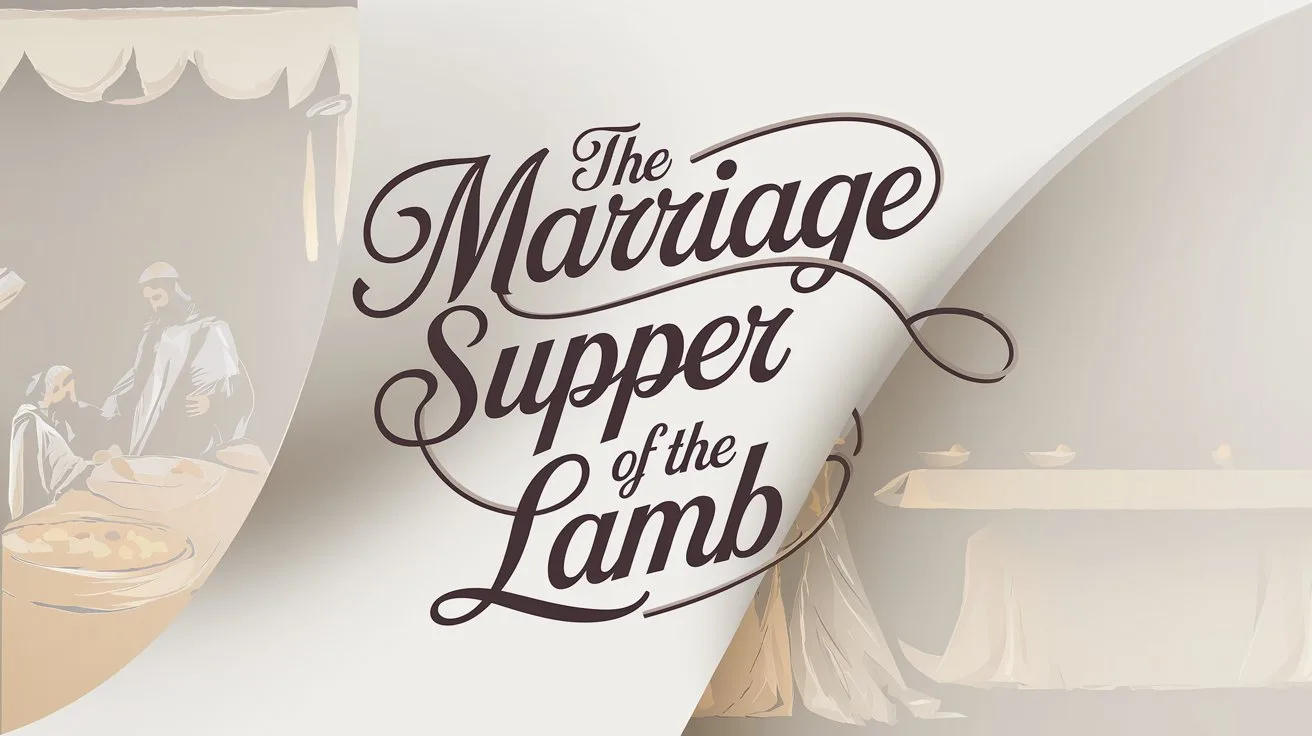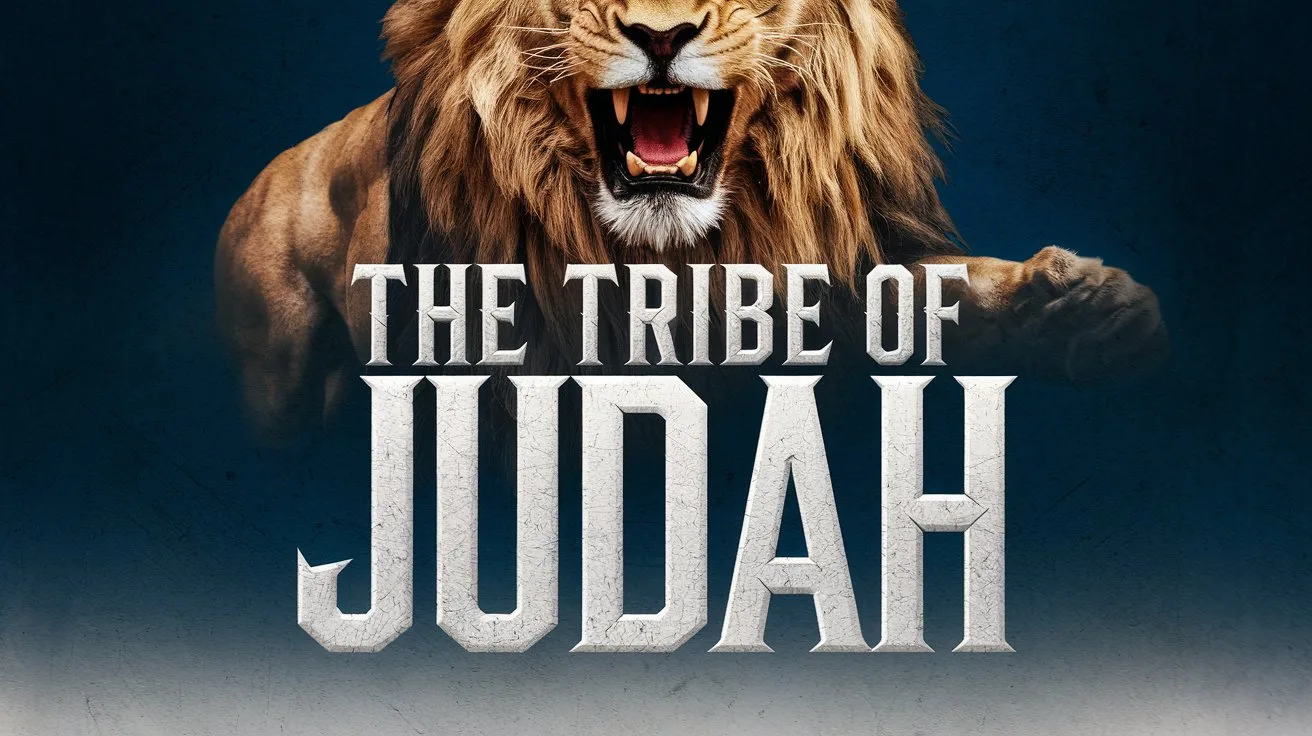Burnt offerings were one of the earliest and most significant sacrifices in the Old Testament. They symbolized total surrender to God, atonement for sin, and a desire for fellowship with the Lord. The burnt offering is first seen in Genesis 8:20, when Noah offered sacrifices after the flood:
“Then Noah built an altar to the Lord… and offered burnt offerings on the altar.”
God’s response to Noah’s offering showed acceptance and blessing (Genesis 8:21). Later, the burnt offering was formally established in the Law of Moses and became a central part of Israel’s worship system.
Leviticus 1 provides the detailed instructions. The offering had to be a male animal without blemish from the herd or flock. The person offering it would lay his hand on the animal’s head, signifying substitution, and then it would be completely consumed by fire on the altar. Leviticus 1:9 concludes:
“And the priest shall burn all on the altar as a burnt sacrifice, an offering made by fire, a sweet aroma to the Lord.”
Unlike other sacrifices where some parts might be eaten, the burnt offering was entirely for God, representing complete devotion. It was offered daily (Numbers 28:3–4), during feasts, and for special occasions, showing that Israel’s relationship with God was ongoing and central.
The purpose was not just ritual, but heart devotion. God rebuked Israel when they offered sacrifices without sincerity. In Psalm 51:16–17, David says:
“For You do not desire sacrifice… The sacrifices of God are a broken spirit, a broken and a contrite heart…”
Ultimately, burnt offerings pointed to Christ. Ephesians 5:2 calls Jesus:
“An offering and a sacrifice to God for a sweet-smelling aroma.”
Jesus fulfilled the purpose of the burnt offering by giving Himself completely for our sins. The shadow gave way to the reality.







